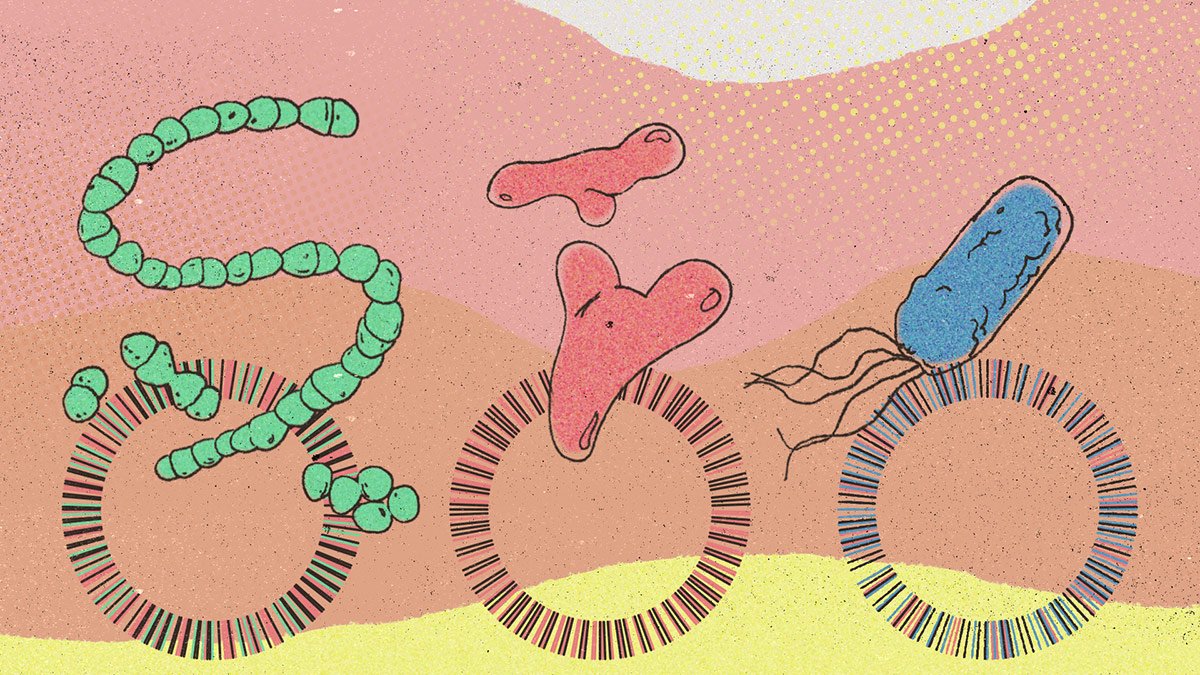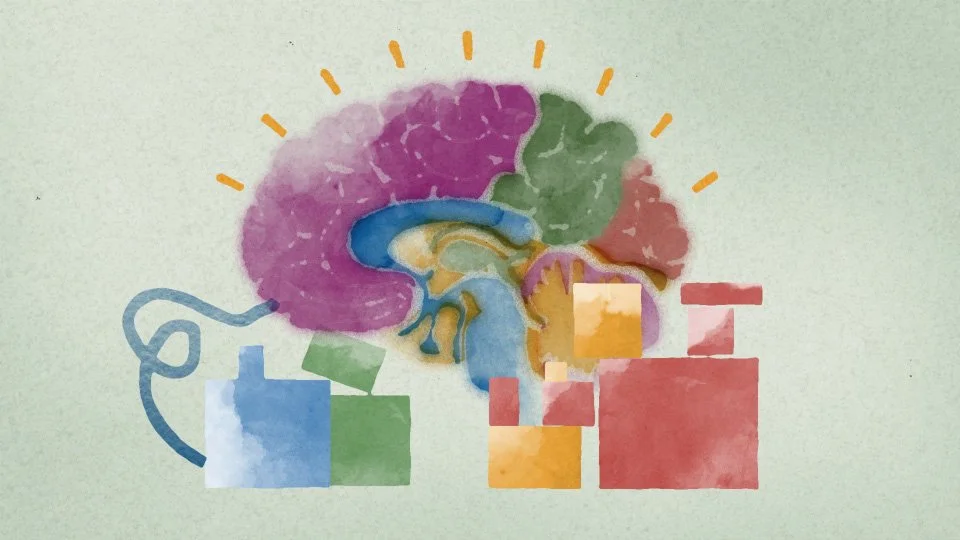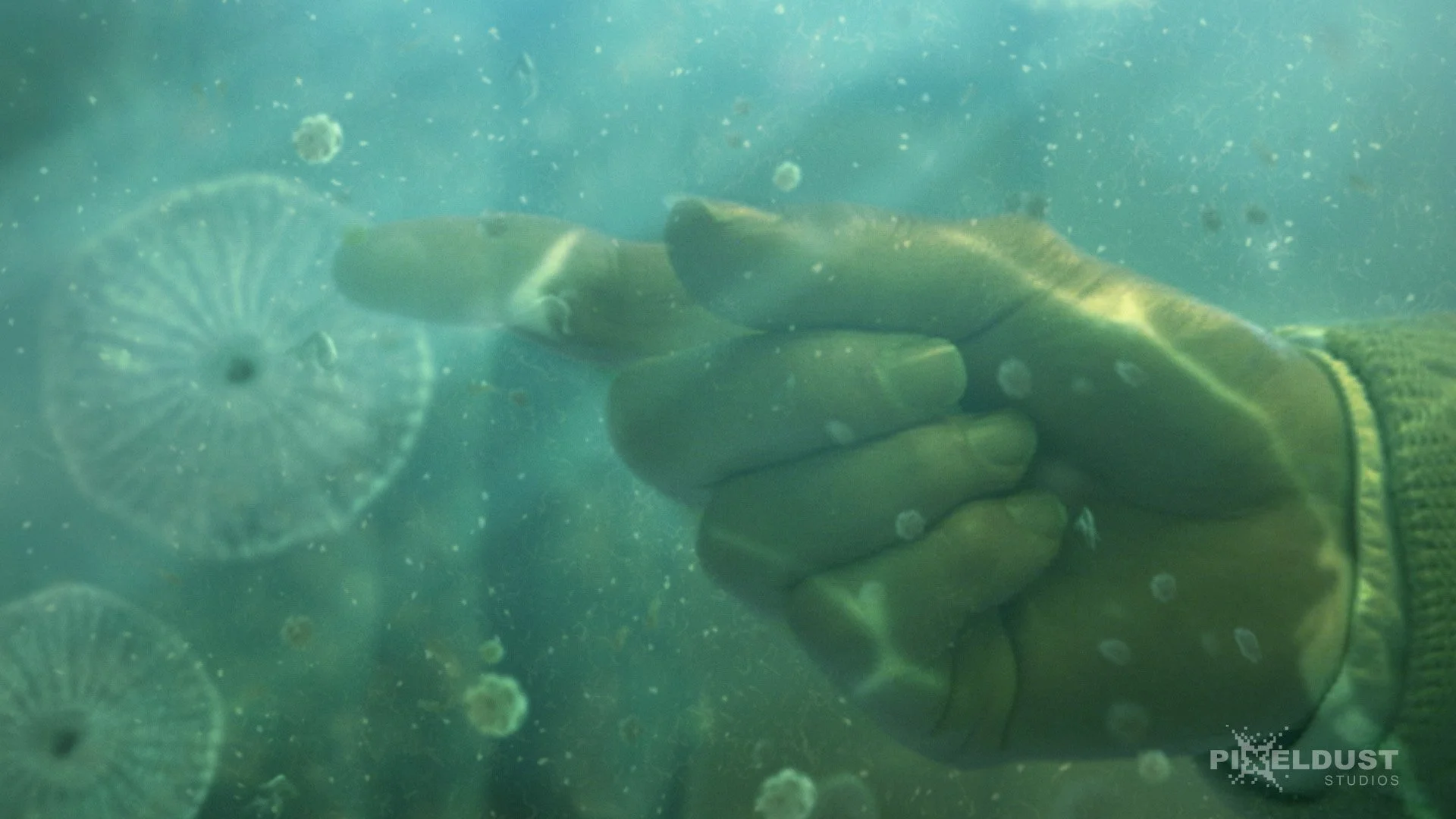
SCIENCE EXPLAINERS
Animation makes the invisible visible.
It shows how a virus binds to cells and what the surface of a distant planet may look like (and what better guide to have than Billy Nye the Science Guy.) I’ve done a lot animation in science for television series and explanatory video and with every project I’m also learning new and fascinating things.
Explore the Solar System with Bill Nye
Credit: The Washington Post, Design and animation: Brian Monroe
In health & science for the Washington Post, I’ve explored how generative A.I. tries to imitate how our own brain works and how social media bears an influence on those patterns. For NOVA and National Geographic, I’ve visualized quantum mechanics and scaled up the hidden microorganisms in our oceans to get a closer look.
Every project brings something new and I love having the opportunity to break down complex subjects and bring viewers into a new space they didn’t know anything about.
The microorganisms in our digestive system, or the "gut microbiome", has a large effect over our brain functioning, food choices, and emotions. What we eat helps shape our gut microbiome, and, as a result, our daily experiences.
Credit: The Washington Post, Design and animation: Brian Monroe
The human brain uses different pathways for appetite management. Ozempic mimics GLP-1's effect on our neural pathways by suppressing hunger and increasing satiation.
Credit: The Washington Post, Design and animation: Brian Monroe





